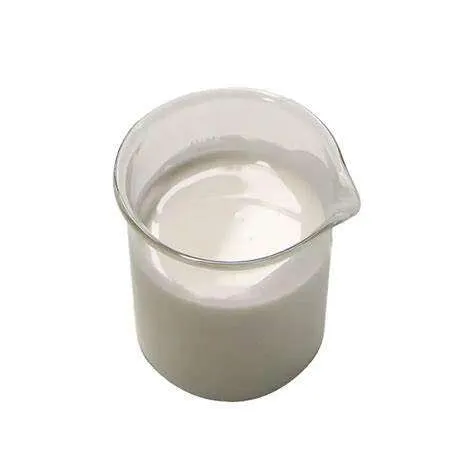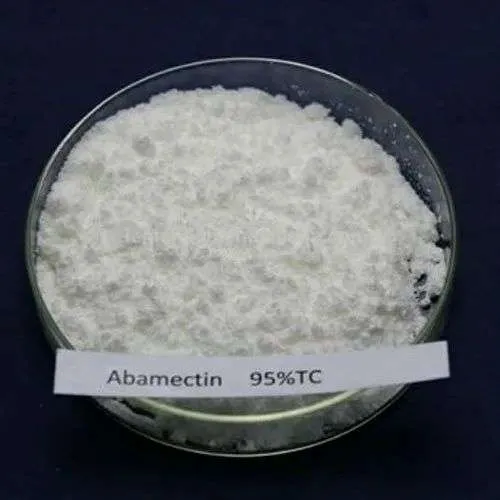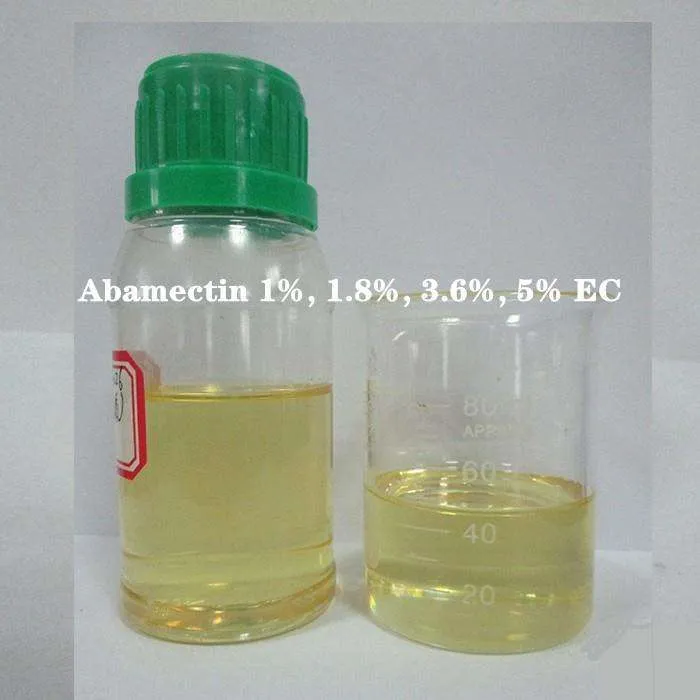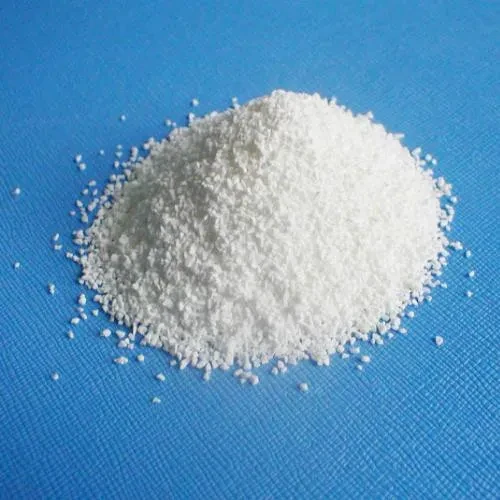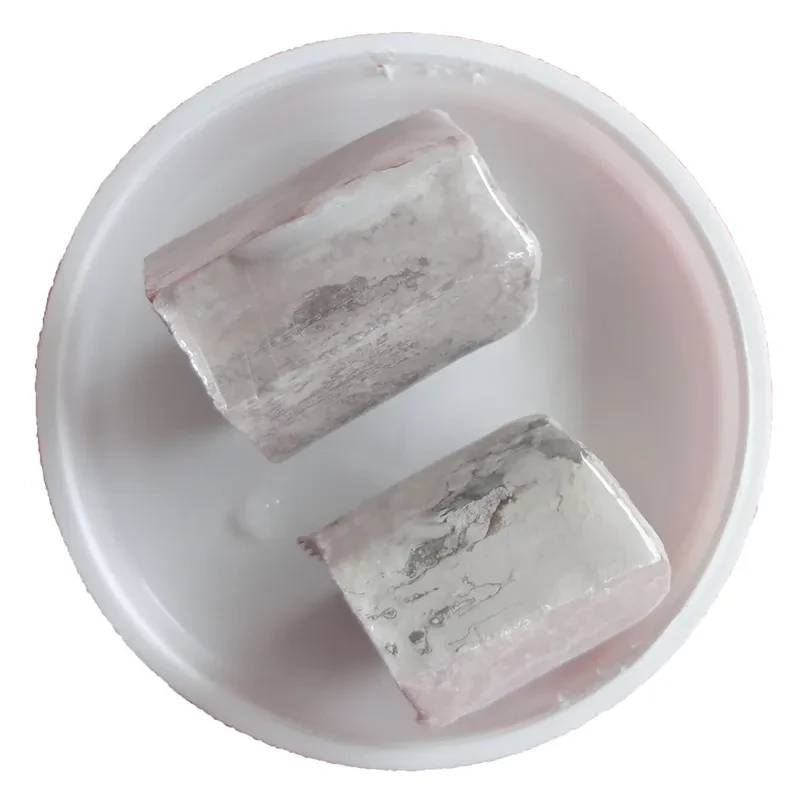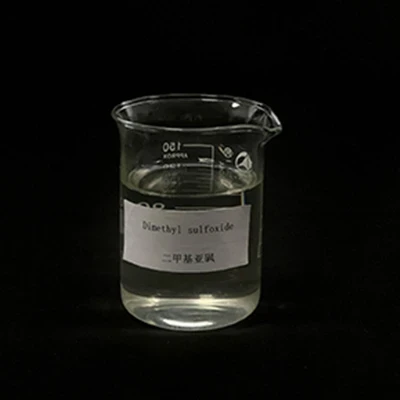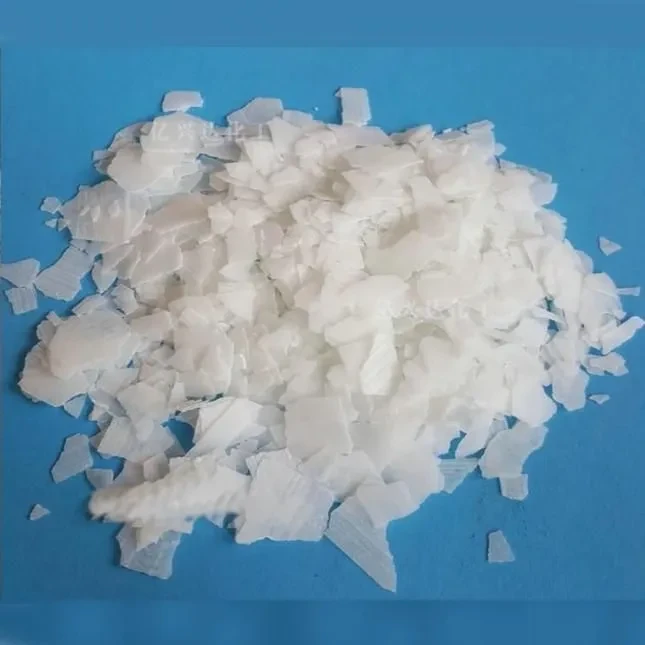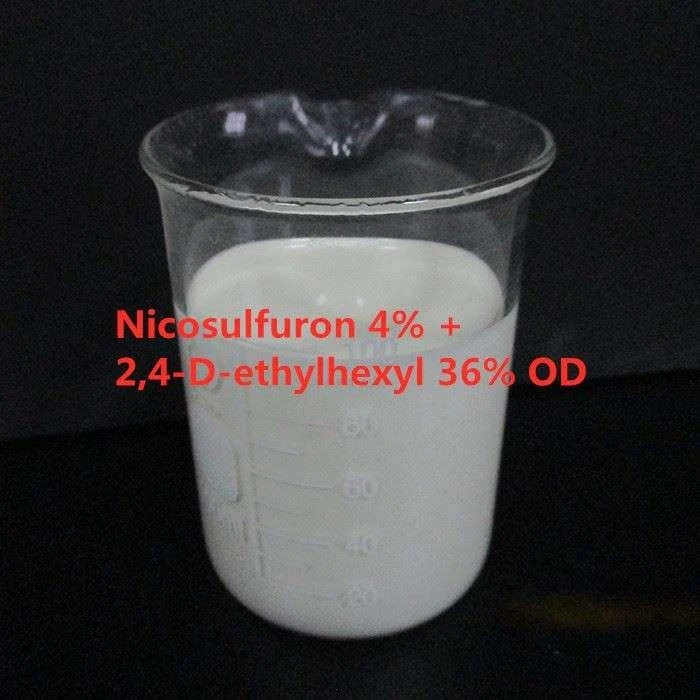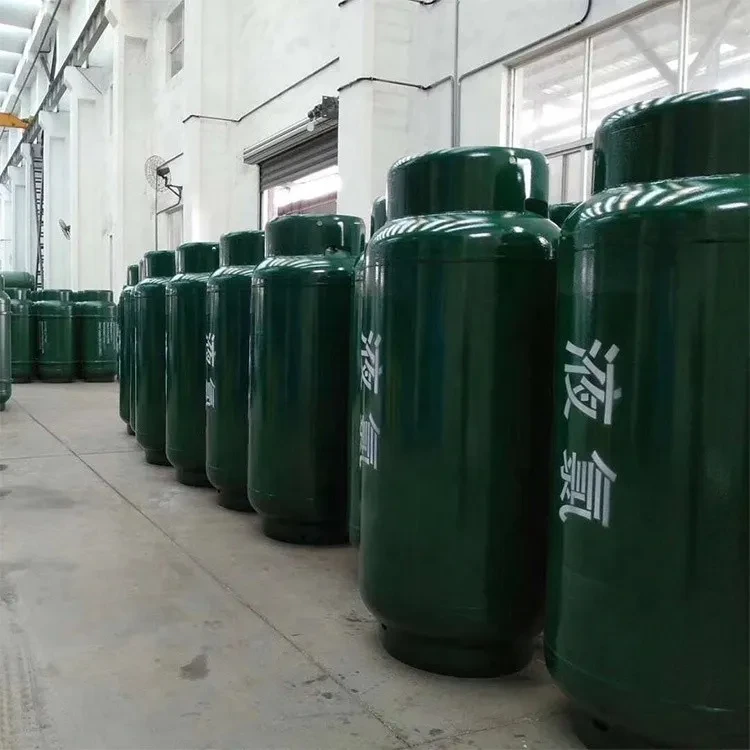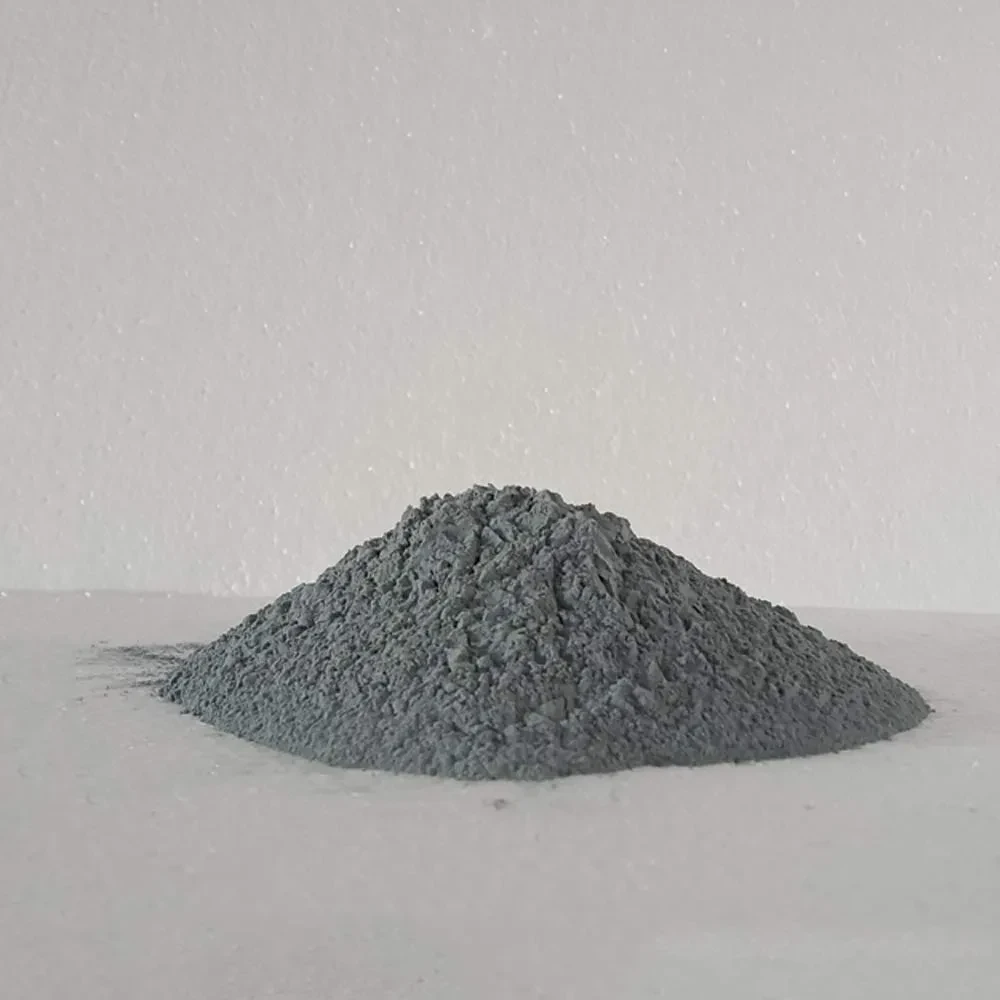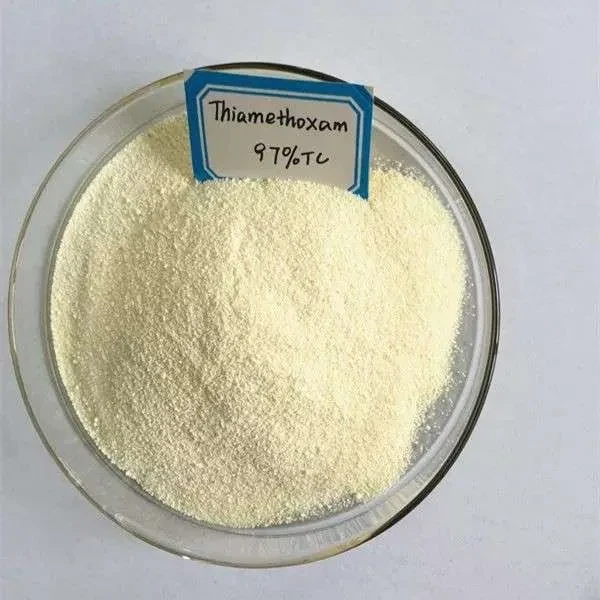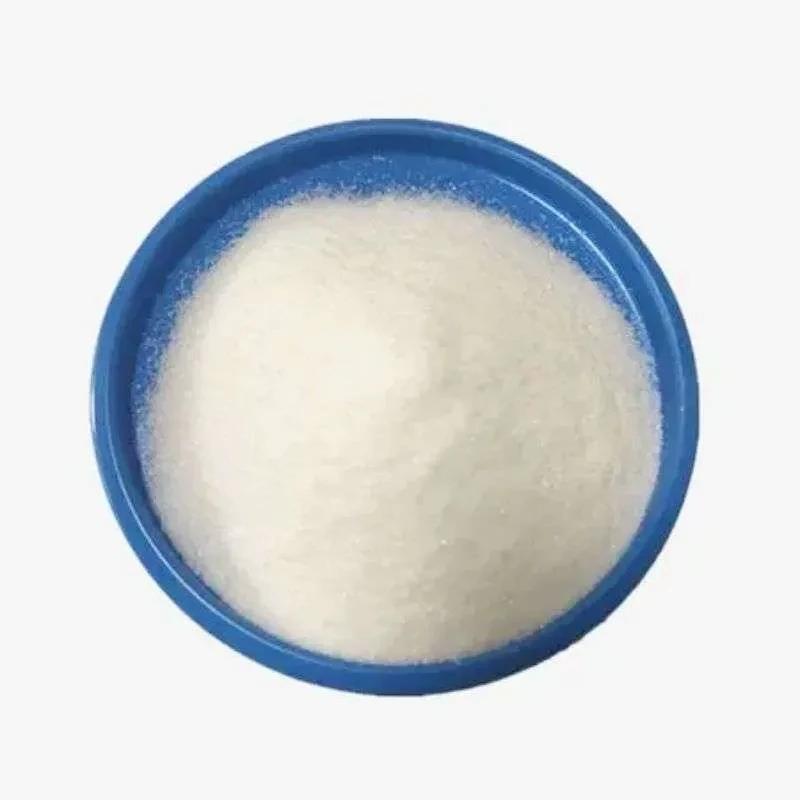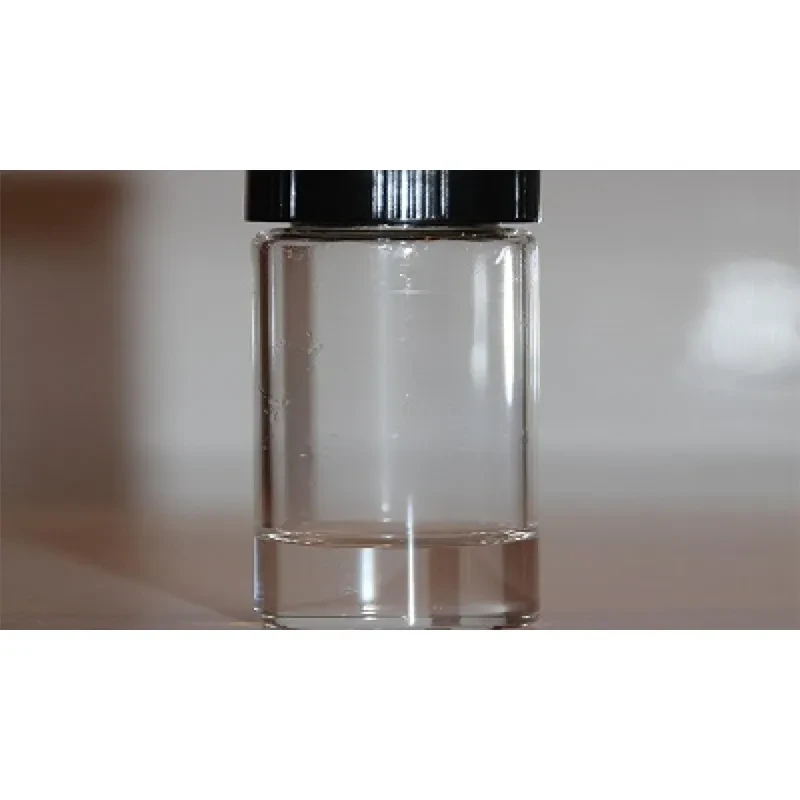CAS: 71751-41-2
MF: C49H74O14
MW: 887.11
|
Melting point |
150-155°C |
|
alpha |
D +55.7 ±2° (c = 0.87 in CHCl3) |
|
Boiling point |
717.52°C (rough estimate) |
|
density |
1.16 |
|
vapor pressure |
<2 x 10-7 Pa |
|
refractive index |
1.6130 (estimate) |
|
Fp |
150 °C |
|
storage temp. |
Sealed in dry,Store in freezer, under -20°C |
|
solubility |
Soluble in DMSO |
|
Water Solubility |
0.007-0.01 mg l-1 (20 °C) |
|
form |
Solid |
|
color |
White to off-white |
|
Safety Information |
|
Hazard Codes T+N HazardClass 6.1(a) PackingGroup II |
1, Bio-pesticides
Abamectin is a kind of 16-membered ring macrolide compound which was first developed by the Kitasato University in Japan and Merck Company (United States). It has insecticidal, acaricidal, and nematicidal activity. It is produced by the fermentation of Streptomyces avermitilis. Natural Abamectin containing eight component with four major components namely A1a, A2a, B1a and B2a with the total content being ≥80%; another four components corresponding to smaller proportion are A1b, A2b, B1b, and B2b with the total content of ≤20%. Currently commercialized Abamectin pesticide has abamectin as the main insecticidal ingredient (Abamectin B1a + B1b with B1a being not less than 90% and B1b being less than 5%). It is calibrated by the content of B1a.
Abamectin is currently produced by over tens companies in China with the currently marketed Abamectin series pesticides including abamectin, ivermectin and emamectin benzoate. Abamectin is the most popular and highly competitive novel biological pesticide in currently bio-pesticide market.
2, Anti-parasitic drugs
For the treatment of various kinds of nematodes, ticks, mites, fleas, lice and flies of horses, cattle, sheep, pigs, dogs, cats and other poultry both in vivo and in vitro.



